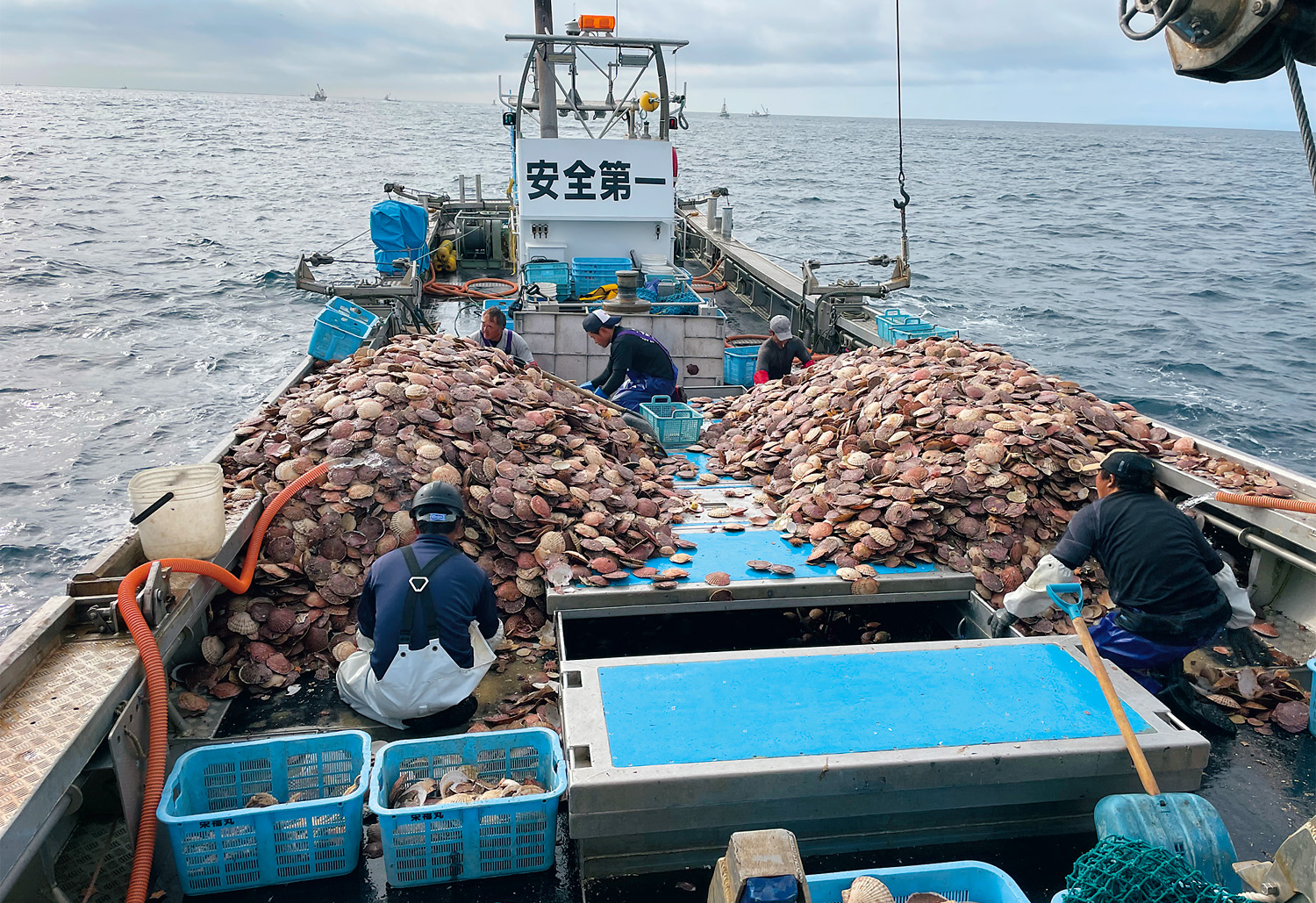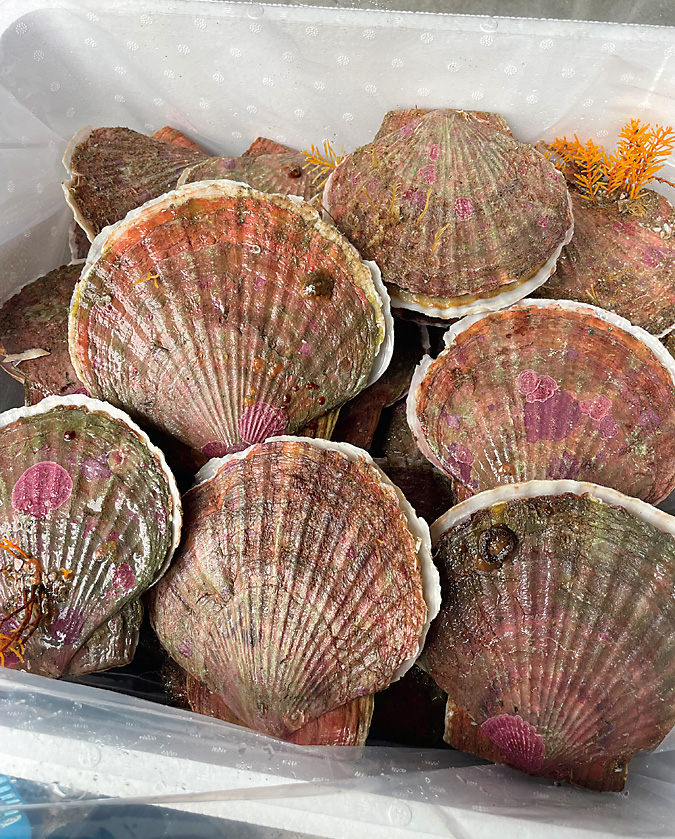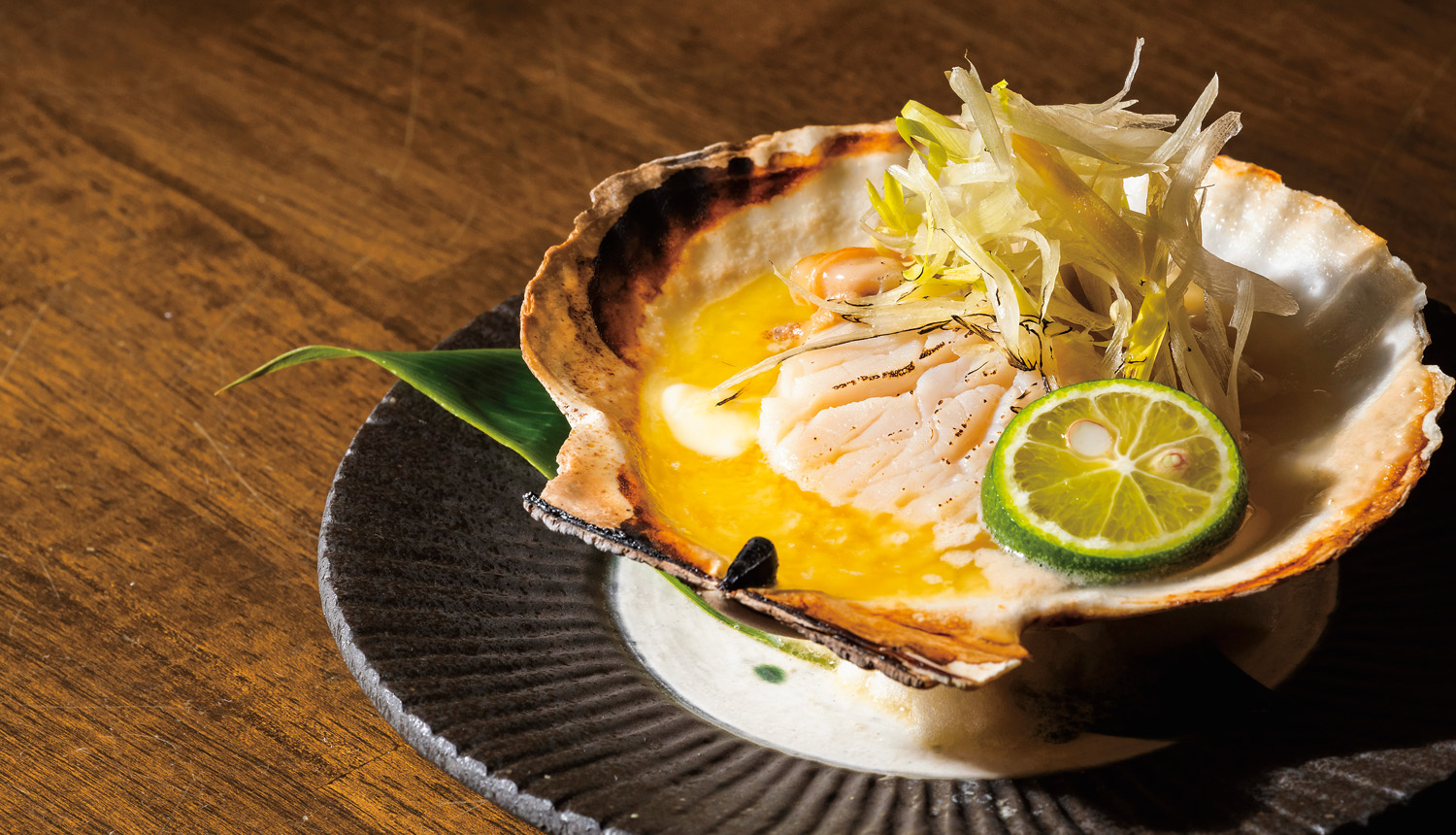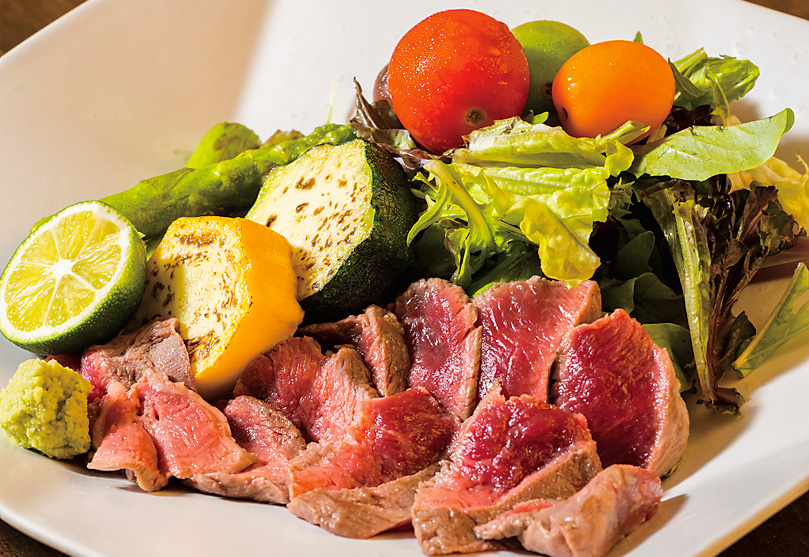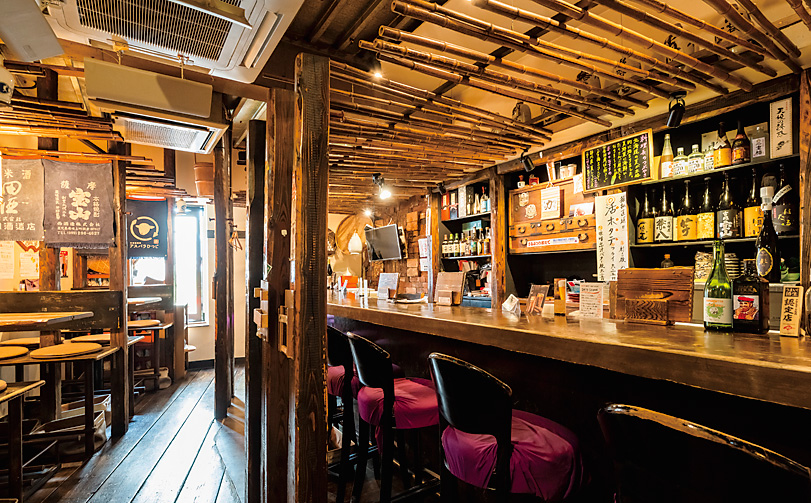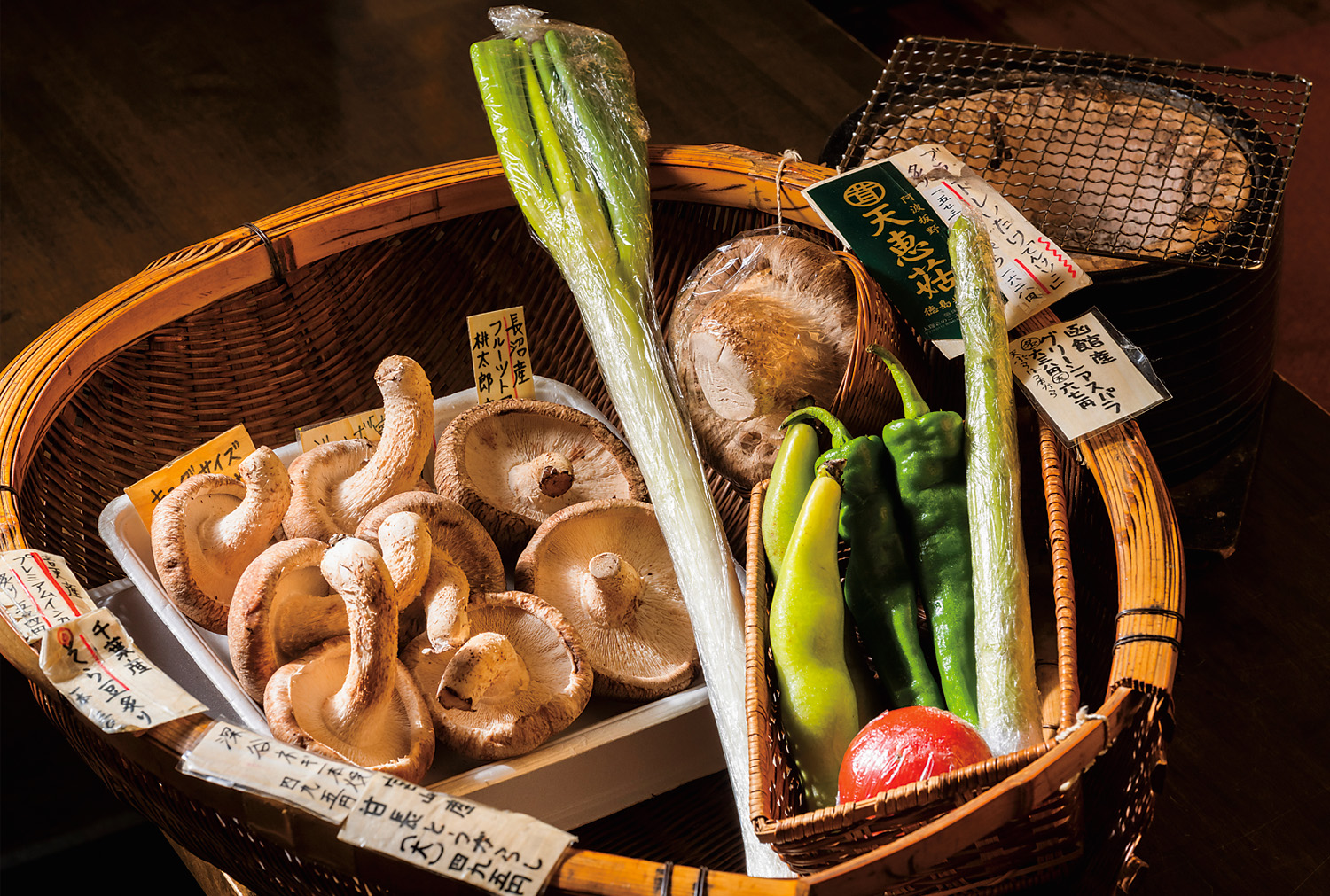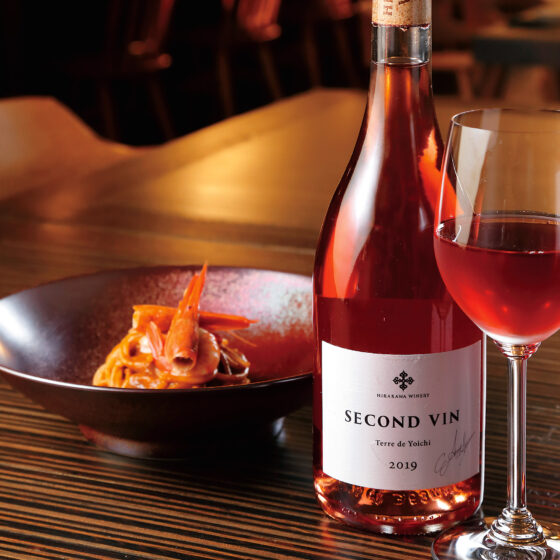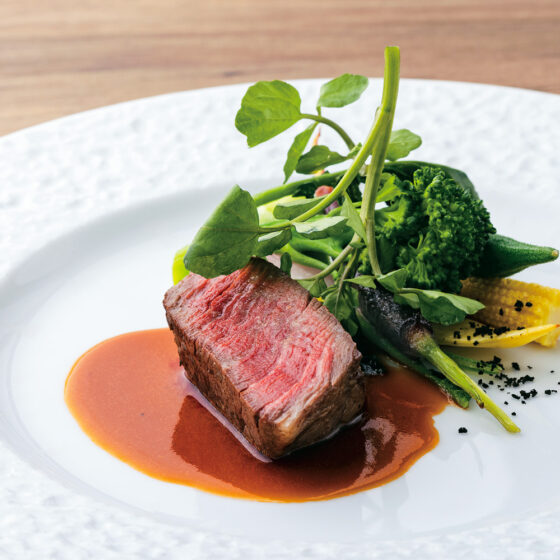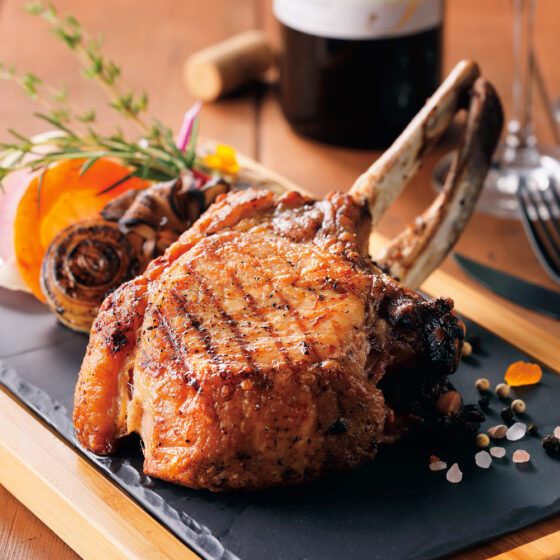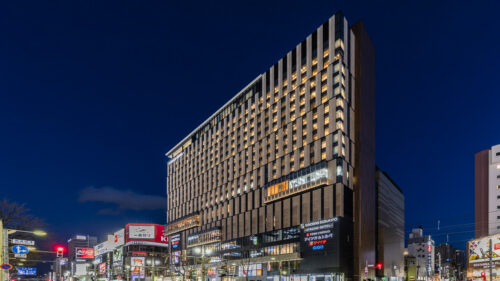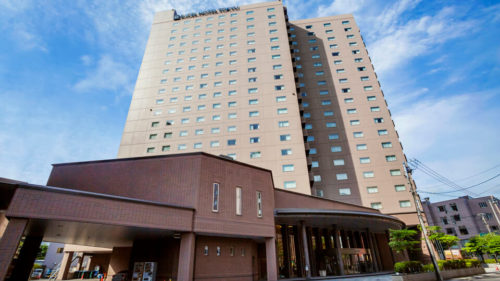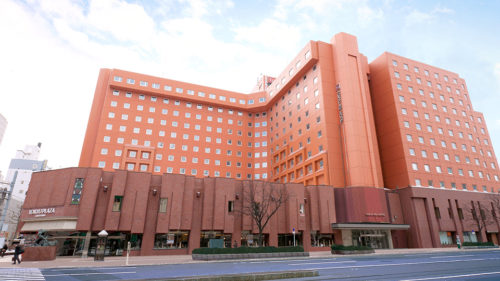- “Have you ever cooked with scallops from Sarufutsu?” These are the words that kick-started the partnership between head chef Takeshi Sato of restaurant Kakehashi and scallop fisherman Hirokazu Nakayama 10 years go. Back then, chef Sato believed in the importance of dealing directly with people who produced good ingredients, and had been establishing vast connections with producers of alcohol, vegetables, meat and other produce. “I want to be a bridge to communicate the hearts and minds of producers.” Seeing these words on the chef’s website, Mr. Nakayama headed to Kakehashi to tell Mr. Sato all about the local scallops.
- Although scallop farming is thriving in the small town of Sarufutsu, most of the scallops are processed and exported to Hong Kong or Taiwan; at the time, there was virtually no distribution in the Sapporo area. When, a few days later, Mr. Sato tasted the scallops sent to him by Mr. Nakayama, he was surprised by their pleasantly firm texture, he says. Since then, the two have continued their relationship, and sometimes share these scallops with other restaurants as well.
- In Hokkaido, there are two scallop farming methods: the first is where scallop spat are placed in baskets or hung on ropes for one to two years before being harvested, and the second is where spat are scattered on the seafloor and harvested two to four years later. Sarufutsu uses the latter method. “Originally, they started farming scallops here because there were so many natural scallops to begin with. I think the scallops here are muscular, with a firm texture because they grow while moving with the tides. In recent years, we’ve focused more on the relationship between scallop farming and the mountains and forests, and have been involved in local tree-planting activities. Our scallops must be eating planktons flowing in from the mountains because they taste very sweet,” says Mr. Nakayama about what makes Sarufutsu’s scallops special.
- Fishing is carried out by 32 vessels of the local fishermen’s union, and the shellfish are transported all at once to the processing plant by truck. Apart from this, union members are allowed to purchase a certain amount of scallops per person, and this is what Mr. Nakayama sends over to Kakehashi. He puts these scallops into a separate tank on the boat and soaks them to purge out sand, then sends them immediately upon arriving at the port to the restaurant so that they’re ready to serve in Sapporo the following day. This freshness is another reason for the pleasing firmness of these scallops.
- Kakehashi serves scallops between March and mid-November, which is Sarufutsu’s scallop farming season. Sashimi isn’t the only way you can enjoy them; scallops that are fried or baked in the shell make a satisfying meal with great depth of flavor. These are menu items that Kakehashi manifested as a result of valuing the local producers’ enthusiasm to share the flavors of Hokkaido far and wide.
ENGLISH CONTENTS
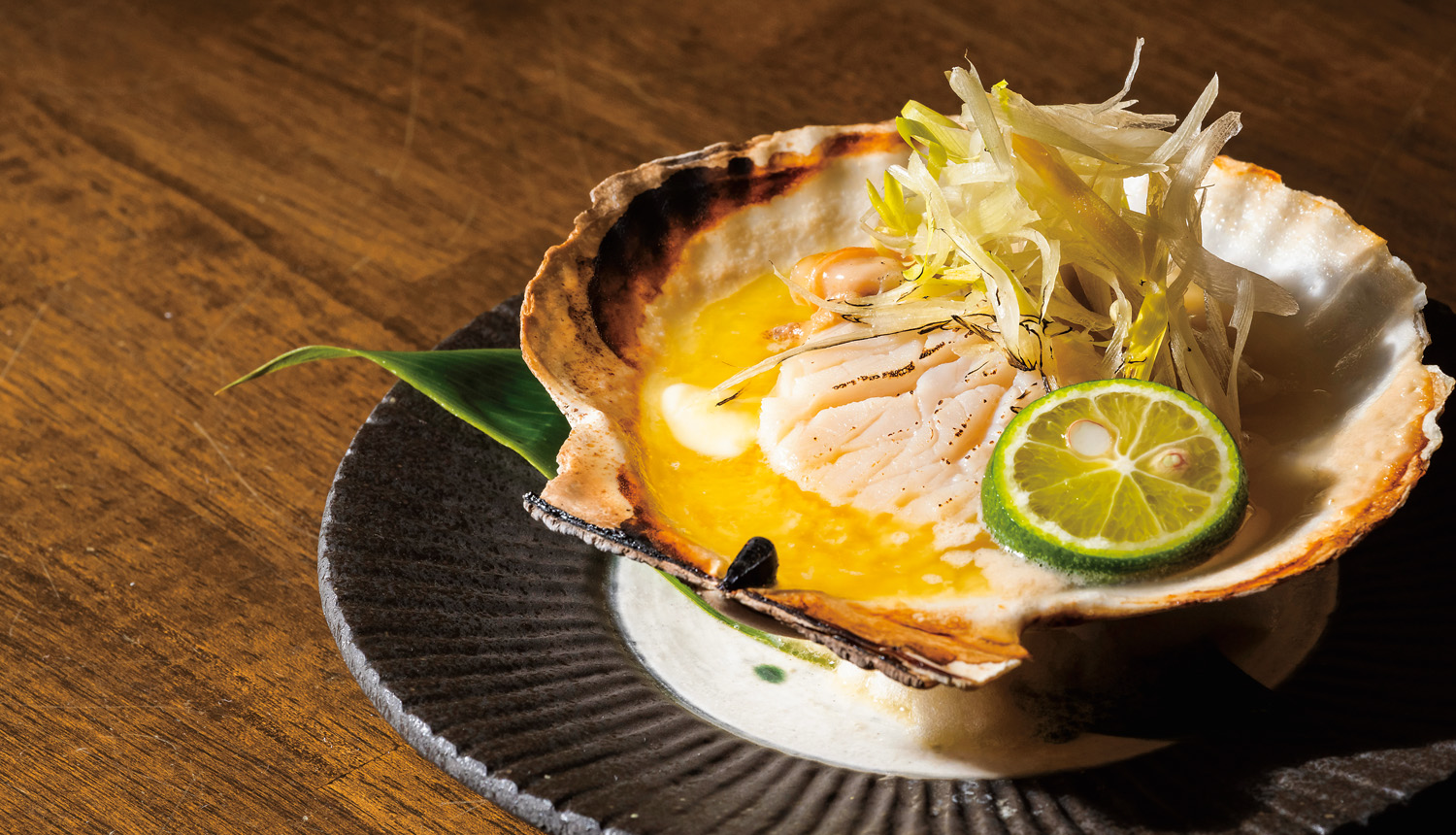
2023.11.24
ENGLISH CONTENTS
Scallops from Sarufutsu, a rare and
exquisite treat even in Hokkaido
exquisite treat even in Hokkaido
- TEXT
- Masayo Ichimura
- PHOTO
- Isao Kawamura
- Share
-
STAY
-
SAPPORO STREAM HOTEL
-
〒064-0804Minami 4-jo, Nishi 4-1-1,Sapporo, HokkaidoTEL.+81-11-206-1099FAX.+81-11-206-1696
-
SAPPORO EXCEL HOTEL TOKYU
-
〒064-08085-420, Nishi, Minami 8 Jo, Chuo-ku, Sapporo-shi, HokkaidoTEL.+81-11-533-0109FAX.+81-11-513-8622
-
SAPPORO TOKYU REI HOTEL
-
〒064-85095-1, Nishi, Minami 4 Jo, Chuo-ku, Sapporo-shi, HokkaidoTEL.+81-11-531-0109FAX.+81-11-531-2387



